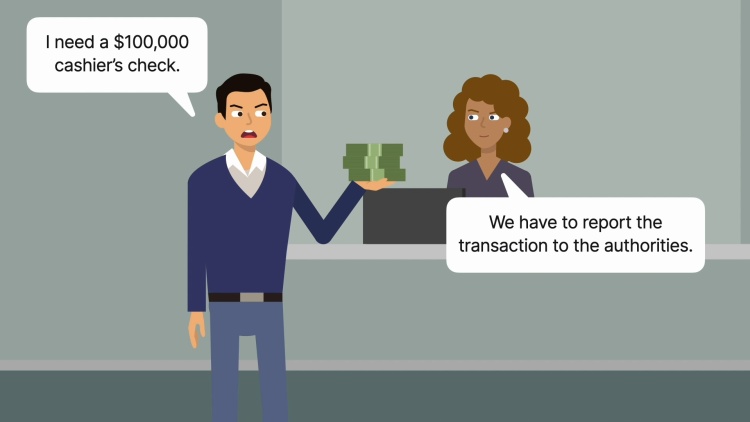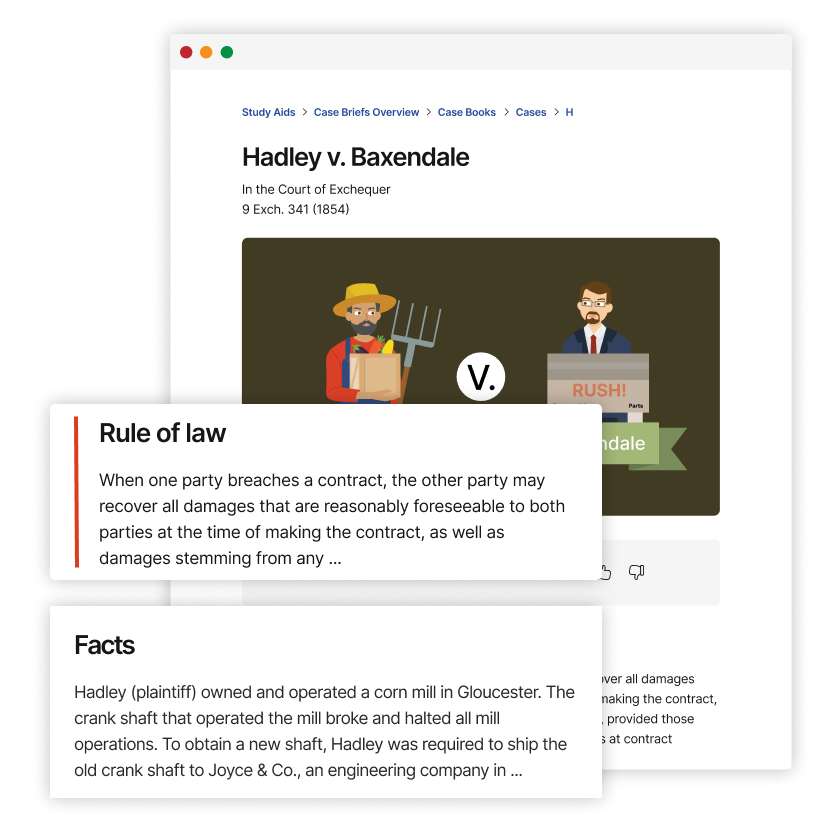Ratzlaf v. United States
United States Supreme Court
510 U.S. 135, 114 S.Ct. 655, 126 L.Ed.2d 615 (1994)
- Written by Kaitlin Pomeroy-Murphy, JD
Facts
Waldemar Ratzlaf (defendant) owed $160,000 to the High Sierra Casino in Nevada. He was given one week to pay the casino back. Ratzlaf returned to the casino with $100,000 in cash, whereupon a casino employee informed him that state and federal authorities were required to be notified of cash dealings involving over $10,000. Ratzlaf was also told that banks had to abide by the same disclosure requirements. Knowing this, Ratzlaf visited banks in the area and purchased cashier’s checks of less than $10,000 each. Ratzlaf was criminally charged with structuring transactions, that is, with dividing one large transaction into smaller ones in order to evade a bank’s reporting requirements. The jury was instructed by the trial court that convicting Ratzlaf required evidence that he knew of and intentionally tried to evade the banks’ reporting requirement, but that it was not necessary to find that he knew his actions were illegal. Ratzlaf was convicted. He appealed, arguing that the government (plaintiff) needed to prove that he knew structuring transactions was illegal. The Ninth Circuit affirmed the trial court’s conviction. The United States Supreme Court granted cert.
Rule of Law
Issue
Holding and Reasoning (Ginsburg, J.)
Dissent (Blackmun, J.)
What to do next…
Here's why 899,000 law students have relied on our case briefs:
- Written by law professors and practitioners, not other law students. 47,000 briefs, keyed to 994 casebooks. Top-notch customer support.
- The right amount of information, includes the facts, issues, rule of law, holding and reasoning, and any concurrences and dissents.
- Access in your classes, works on your mobile and tablet. Massive library of related video lessons and high quality multiple-choice questions.
- Easy to use, uniform format for every case brief. Written in plain English, not in legalese. Our briefs summarize and simplify; they don’t just repeat the court’s language.





